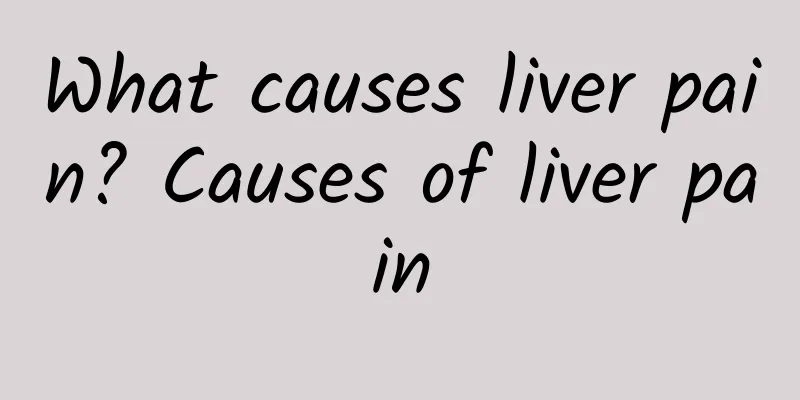What medicine is suitable for fungal infection

|
Fungal infections often occur in our daily lives and can appear on our skin, hands, or feet. Common drugs for fungal infections include amphotericin B, miconazole, econazole, and sertaconazole. We should pay attention to the scientific use of these drugs. 1. Triazoles Azole antifungals, including imidazoles and triazoles. Imidazoles include: miconazole, econazole and sertaconazole, etc. Currently, most of them are topical medications for superficial fungal infections or candidal infections of the skin and mucous membranes. Triazoles include fluconazole, itraconazole, voriconazole, and the research-stage saconazole, pasoconazole, ravuconazole, SCH39304 (SM8668), and SDZ89-485, all of which can be used to treat deep fungal infections. The main target enzyme of azole drugs is 14-demethylase (14-DM). The 3rd or 4th nitrogen atom on the imidazole ring and triazole ring is embedded in the iron atom of the cytochrome P450 protein of the enzyme, inhibiting the catalytic activity of 14-DM, preventing lanosterol from being converted into 14-demethyllanosterol, and further preventing the synthesis of ergosterol, which in turn hinders the synthesis of fungal cell membranes and causes fungal cell rupture and death. 2. Polyenes Polyene antifungal drugs include: amphotericin B (AmB), amphotericin B lipid complex (ABLC), amphotericin sulfate cholesteryl ester (ABCD), liposomal amphotericin B (L-AmB) and nystatin. This type of drug interacts with the sterols on the phospholipid bilayer of the fungal cell membrane, causing water-soluble pores to form in the cell membrane, changing the permeability of the cell membrane, and ultimately leading to the loss of important cellular contents and causing the death of the fungus. Amphotericin B can also produce a bactericidal effect by stimulating macrophages to regulate autoimmune function. Nystatin liposomes (NYS) can bind to ergosterol on the fungal cell membrane, reduce the stability of the cell membrane, and are active against a variety of fungi [2]. 3. Echinocandins These compounds are non-competitive inhibitors of 1,3-β-D-glucan synthase, which inhibit its biological activity without affecting the biosynthesis of nucleic acids and mannan. 1,3-β-D-glucan is an important substance for maintaining the integrity of fungal cell walls, but Cryptococcus lacks this substance. 1,3-β-D-glucan deficiency leads to increased fungal cell wall permeability, cell lysis, and fungal death. 1,3-β-D-glucan does not exist in human cells. |
<<: Is purple bitter vegetable blood pressure lowering tea effective?
>>: Symptoms of gastric ulcer, early treatment
Recommend
What are the tropical fruits?
We should eat more fruits every day, and differen...
Differential diagnosis of abdominal pain in children
Babies are most susceptible to various diseases d...
Is dandelion good for rhinitis?
Dandelion is both a wild vegetable and a traditio...
Occasional stabbing pain in the ovary area
The ovaries are reproductive glands located on bo...
What should I do if pharyngitis and rhinitis occur together?
In daily life, rhinitis and pharyngitis are relat...
Causes and clinical manifestations of Hashimoto's encephalopathy
Hashimoto's encephalopathy, also known as thy...
What are the benefits of anti-slip pads for glasses
In life, for people who wear glasses, they may we...
Chest wall tuberculosis surgery
Chest wall tuberculosis surgery is mainly used to...
There is eye mucus every morning
When people wake up every morning, they will feel...
Will mycoplasma heal itself without treatment?
Mycoplasma is a relatively small microorganism th...
What are the health benefits of moxibustion?
Our country's traditional Chinese medicine is...
How to treat frequent urination and urgency? There are ways to adjust your diet
Many people in life have experienced the symptoms...
What is the difference between Asparagus cochinchinensis and Ophiopogon japonicus?
There are many plants in our daily life that look...
How to treat hemorrhoids that do not hurt or itch but only bleed
Hemorrhoids are the most common anorectal disease...
Moringa Seeds for Hangover Relief
Drunkenness is a very common situation in daily l...









